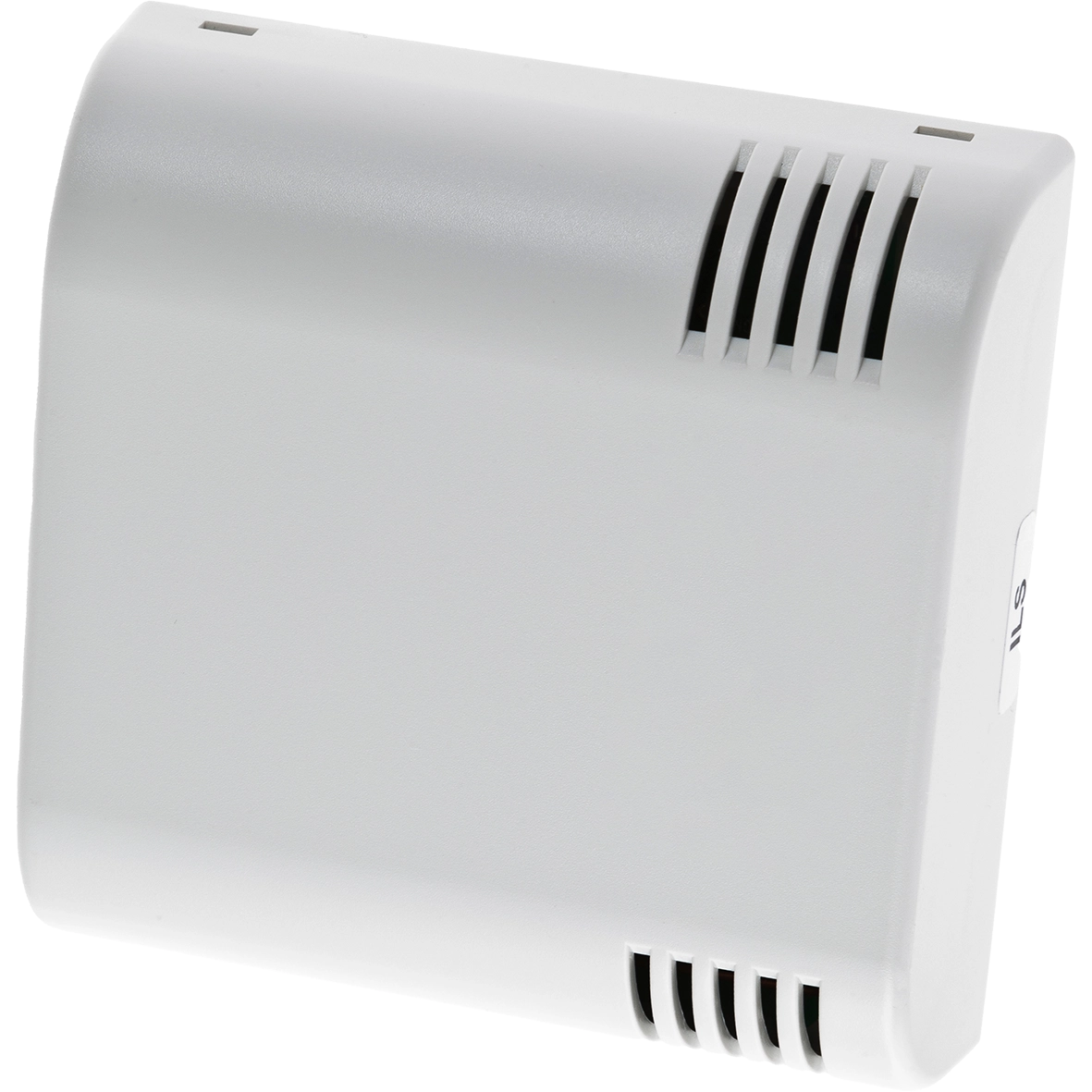
Room Temperature
Temperature measurement in buildings is an important aspect of managing indoor climate and can have a significant impact on comfort, energy efficiency, and health. Here are some examples of temperature measurement in buildings and why it is important:
Examples of Temperature Measurement:
Office buildings and workplaces.
In office environments, temperature is often measured to ensure it remains within a comfortable zone (usually between 20–24 °C). This is important for increasing productivity and well-being among employees. Temperature measurement can help adjust heating and cooling based on the number of people and the activity level in the building.
Residential buildings.
In homes, temperature measurement is common to ensure that residents receive a comfortable and healthy indoor temperature. With smart thermostats and sensors, the temperature can be adjusted automatically, helping to reduce energy consumption.
Industrial properties and warehouses.
Some buildings require specific temperature ranges, especially to protect products like food and medicines in storage. Temperature measurement ensures that these goods are stored properly and remain fresh.
Public buildings such as schools and hospitals.
In schools and hospitals, a stable indoor climate is crucial for both health and comfort. Temperature measurement helps ensure that the environment is optimal for students, patients, and staff.
Data centers.
Data centers require constant temperature monitoring as servers generate a lot of heat. To avoid overheating and potential damage to the equipment, temperature measurement is essential.
Enkey's solution for measuring Room Temperature
Enkey's temperature sensors communicate wirelessly to Enkey Building Insight®, allowing real-time temperature readings.
This is cost-effective and facilitates analysis and optimization, as measurement data is collected and visualized automatically.